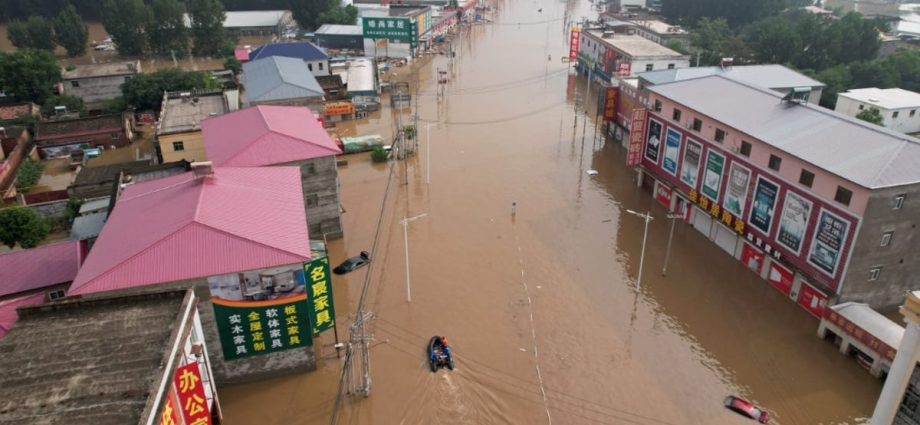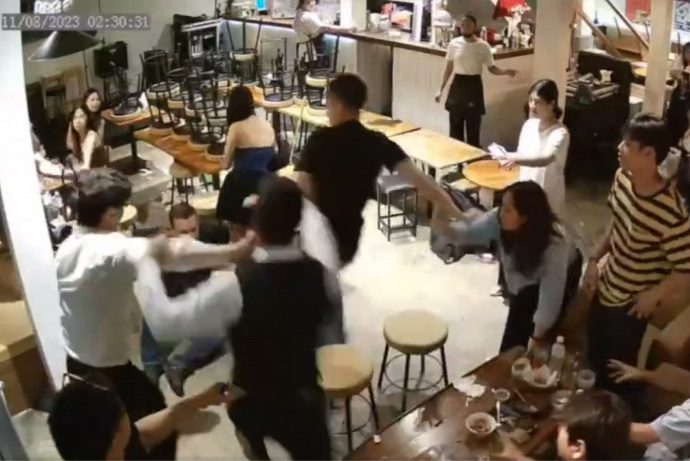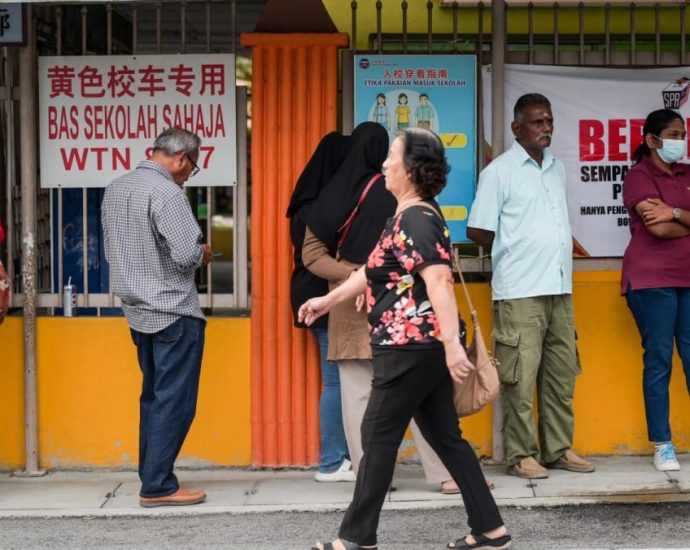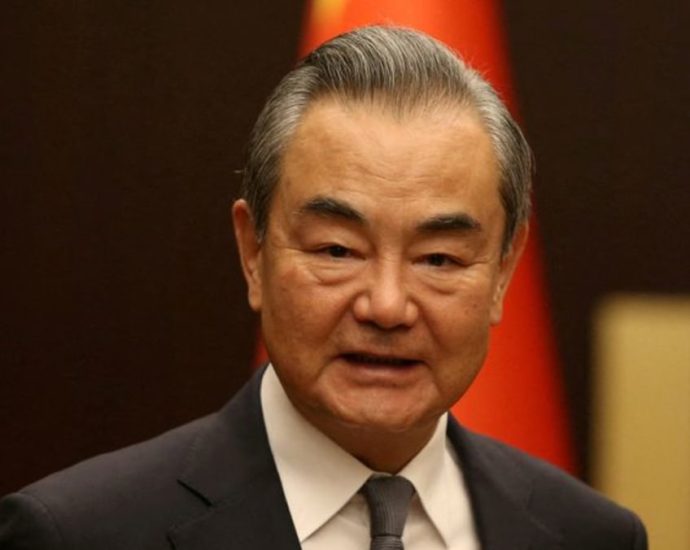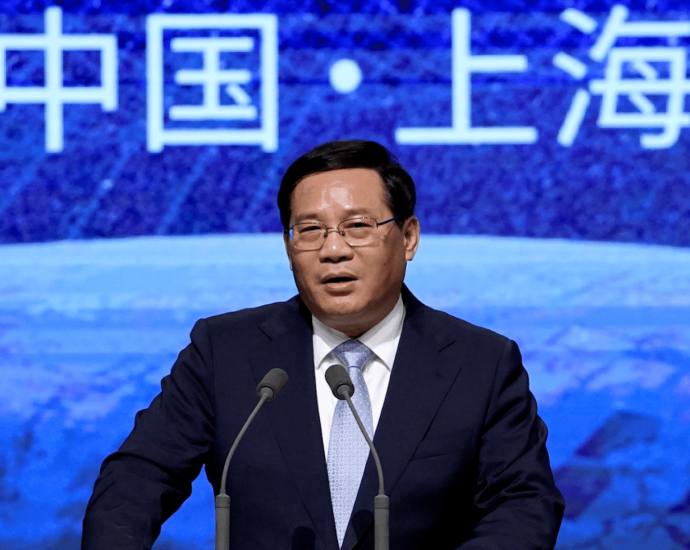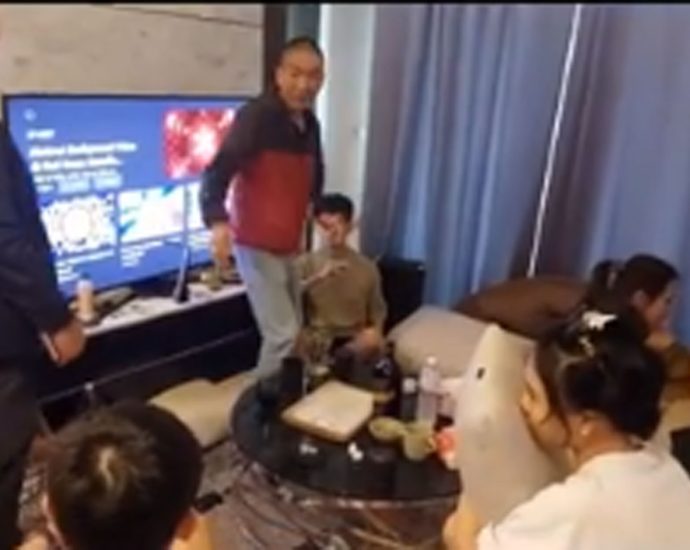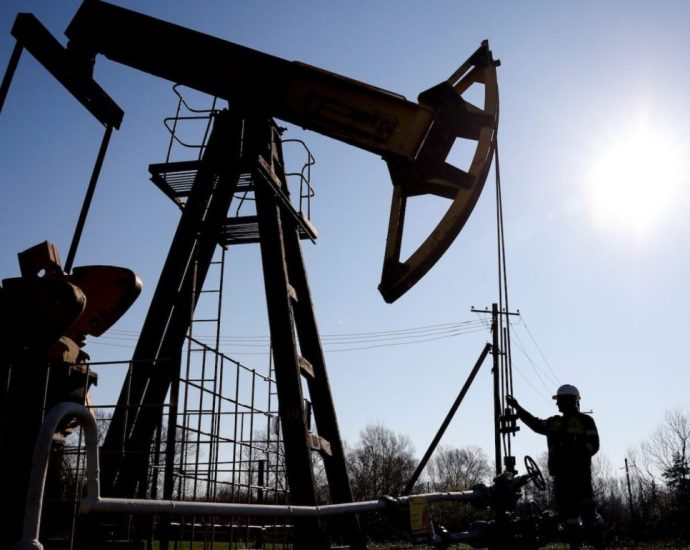Floods, mudslides kill two people in northwestern China city
In southwestern Guangxi on Friday, heavy rainfall in the city of Nanning led to urban flooding, forcing rush hour commuters to drive vehicles and motorcycles through waterlogged roads, CCTV said. Local authorities set up cordons to allow drainage work on some roads, while the city dispatched nearly 3,900 police toContinue Reading

